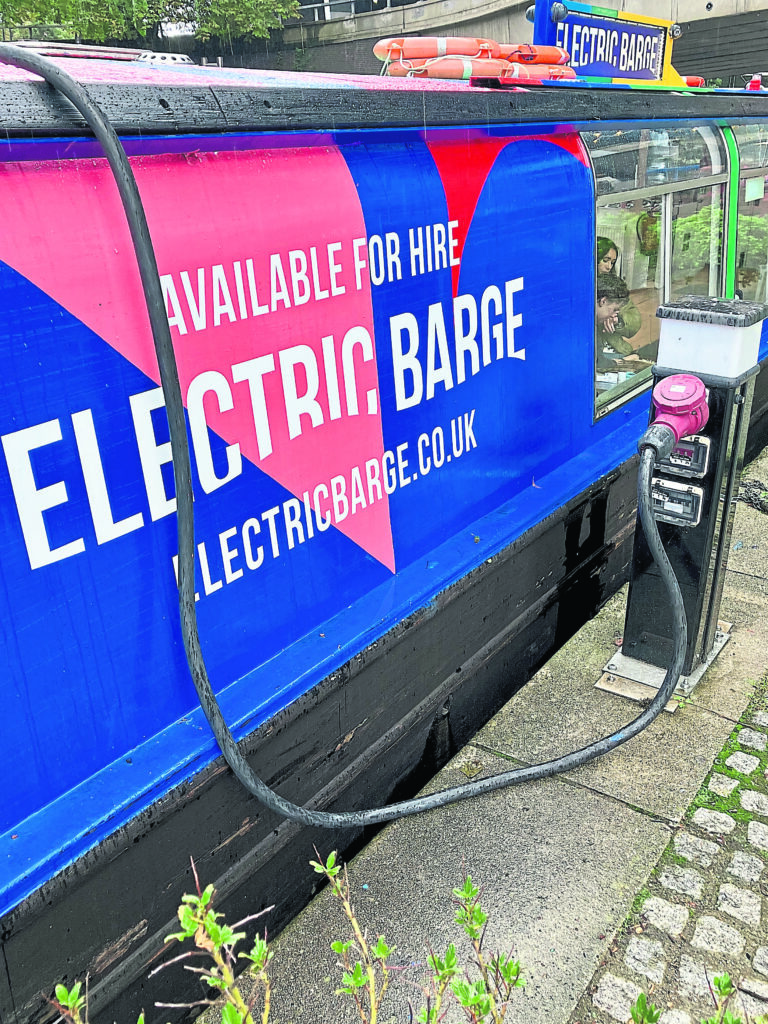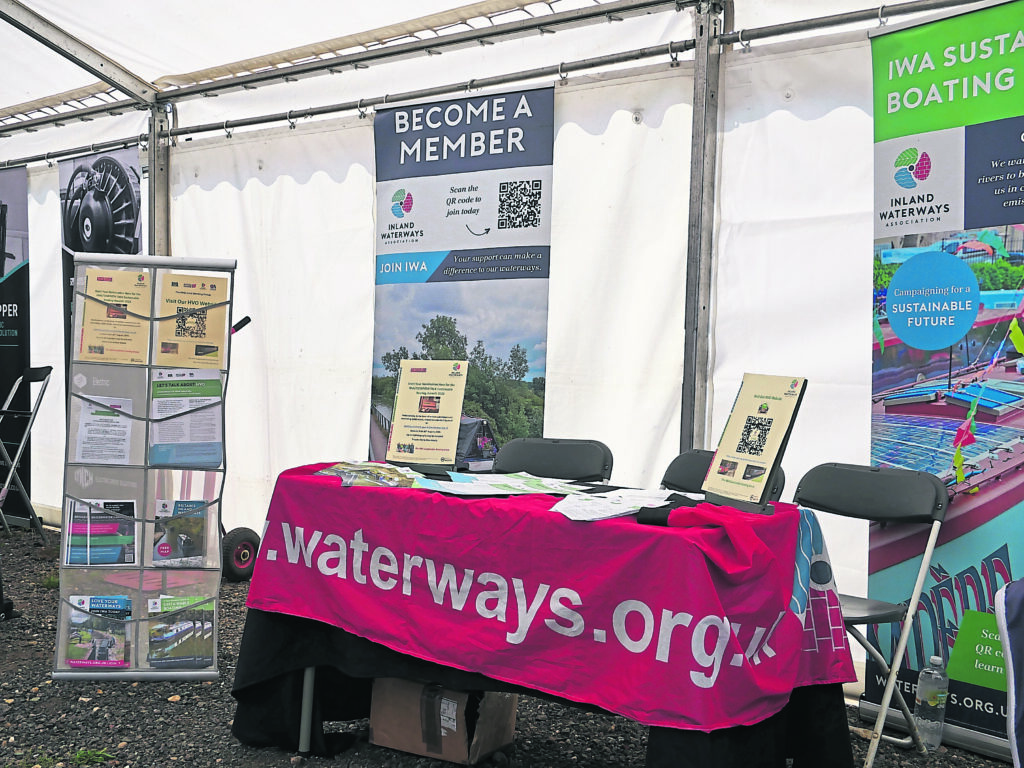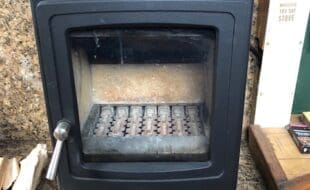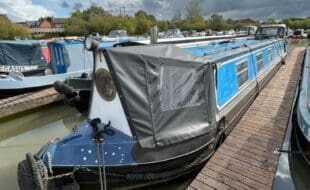Bowman Bradley, chair of the Inland Waterways Association’s Sustainable Boating Group, discusses what’s probably the greatest technological change on the inland waterways since the introduction of the motorboat about 100 years ago.
THE IWA Sustainable Boating Group has been monitoring the development of electric drive for narrowboats since the group’s inception in 2019. We recognise now, as we did then, that it is a rapidly developing and evolving technology and as predicted in our 2020 vision paper, this technology has continued to change. Most, if not all, of the many stakeholders in our world will have to invest, not least in training, to meet the new challenges it brings. This is a brief roundup on where we stand in 2025.

Lithium batteries
All large battery banks, even lead acid ones, present risks because of the considerable amount of stored energy in them. They need to be properly designed, installed and maintained. It is important to differentiate between lithium-ion batteries – such as those widely used in mobile phones, laptops and, most significantly, e-scooters – and other lithium battery chemistries. All the above devices can easily be brought onto boats and will cause problems if abused. E-scooters, particularly, have given significant problems to the fire services.
Battery technology is developing fast, and most, if not all, installed battery systems on narrowboats today use lithium iron phosphate batteries, known as LFPs, which are significantly safer than lithium ion batteries. They still need to be part of a properly designed and installed system and we would never support the recycling of second-hand EV batteries into boats, nor the mixing of battery chemistries within an individual system. Other, potentially safer and further improved battery chemistries are currently under development.
Myths such as that Lithium batteries are particularly susceptible to ‘damp air’ are just that. Similarly, batteries, charged automatically while underway in a parallel hybrid craft using its diesel power, can be charged at any time. Likewise, by the generator of a serial hybrid craft, including when the boat is underway, propelled by its electric drive.

Standards, certification and insurance
Understandably, standards and certification procedures have not yet fully caught up with this rapidly developing technology. Relevant ISO Standards and training courses for designers and installers of electric drive systems are in development and it may well become necessary for electric drive systems to be installed (or at least signed off) by a ‘competent person’ – something that the Sustainable Boating Group would support wholeheartedly.
Understandably, insurers are taking an interest in this new technology, and they may well be the catalyst for future certification schemes. However, we are not aware of any electric boat – new or a conversion – that has been refused insurance (or indeed a licence or a Boat Safety Certificate) because they have either electric drive or lithium batteries.
However, uncertainty and confusion currently surround Post Constructional Assessment (PCA). Certainly, the Recreational Craft Regulations require a PCA following a ‘major modification,’ but what comprises a ‘major modification’ is still subject to debate. A costly exercise (and therefore a disincentive to retrofitting electric drive), we would prefer to see this covered by a certification scheme such as referenced above. We would, however, urge the Government to clarify regulations in this area to encourage conversion to zero carbon technologies.
Voltages
We are not aware of any move to reduce the current 75V lower limit, at which the Low Voltage Regulations apply, to 24 volts. This would be contrary to any contemporary electrical industry guidance in a climate that, if anything, favours an increase in the threshold. Unlike electric vehicles, most electric drive systems installed on boats today are based on 48 Volt DC. The rare exceptions are in the ‘sealed’ area between the motor controller and the motor, which again makes the case for proper design and installation.
For further, detailed information on electric boating issues, visit our Introduction To Electric Narrowboating guide at https://waterways.org.uk/campaigns/sustainable-boating. First published in 2023, revised in 2024, and currently undergoing a major revision, the lead author has 10 years’ experience in designing, owning and cruising an electric narrowboat. The Sustainable Boating Group has no commercial interests in this matter and nothing in the guide is intended to recommend or promote any particular technology, equipment supplier or boat builder; it is purely to assist boaters who wish to specify or purchase an electric boat to ask the right questions.
The Boat Safety Scheme’s stance on lithium batteries can be viewed at www.boatsafetyscheme.org/stay-safe-advice/lithium-ion-battery-safety, though it should be noted that the advice about installed batteries given therein doesn’t currently differentiate between lithium-ion and LFP batteries.





